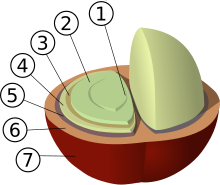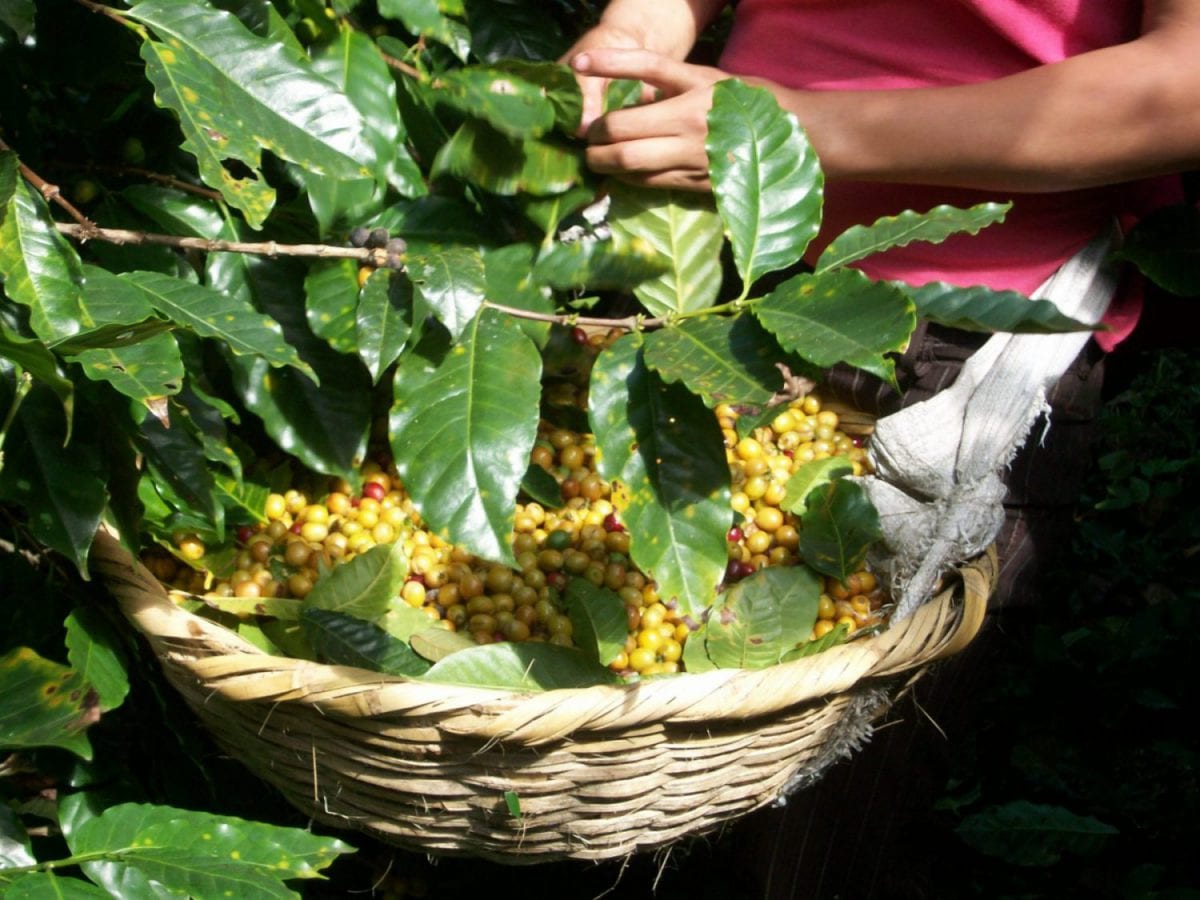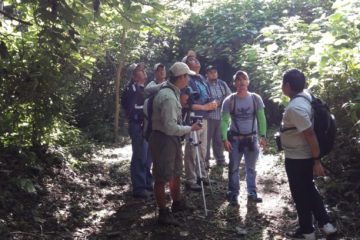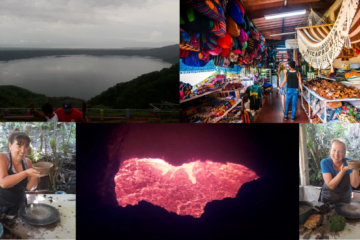Table of Contents
Coffee Tour
Coffee Process
Coffee production is the industrial process of converting the raw fruit of the coffee plant into the finished coffee. The coffee cherry has the fruit or pulp removed leaving the seed or bean which is then dried. While all green coffee is processed, the method that is used varies and can have a significant effect on the flavor of roasted and brewed coffee. Coffee production is a major source of income for 12.5 million households, most in developing countries. By adding value, processing the coffee locally, coffee farmers and countries can increase the revenue from coffee.
Picking
A coffee plant usually starts to produce flowers three to four years after it is planted, and it is from these flowers that the fruits of the plant (commonly known as coffee cherries) appear, with the first useful harvest possible around five years after planting. The cherries ripen around eight months after the emergence of the flower, by changing color from green to red, and it is at this time that they should be harvested.
In most countries, the coffee crop is picked by hand, a labor-intensive and difficult process, Only the ripe cherries are harvested and they are picked individually by hand. Pickers rotate among the trees every eight to ten days, choosing only the cherries which are at the peak of ripeness.
Wet process
In the wet process, the fruit covering the seeds/beans is removed before they are dried. Coffee processed by the wet method is called wet-processed or washed coffee. The wet method requires the use of specific equipment and substantial quantities of water.
Dry process
Dry process, also known as unwashed or natural coffee, is the oldest method of processing coffee. The entire cherry after harvest is first cleaned and then placed in the sun to dry on tables or in thin layers on patios.
Milling
The final steps in coffee processing involve removing the last layers of dry skin and remaining fruit residue from the now-dry coffee, and cleaning and sorting it. These steps are often called dry milling to distinguish them from the steps that take place before drying, which collectively are called wet milling.
Grading
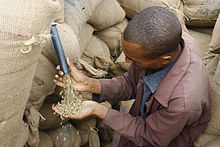
Grading is the process of categorizing coffee beans by various criteria such as the size of the bean, where and at what altitude it was grown, how it was prepared and picked, and how good it tastes. Coffees also may be graded by the number of imperfections (broken, under-ripe, or otherwise defective beans; pebbles; sticks; etc.)
Roasting
Although not considered part of the processing pipeline proper, nearly all coffee sold to consumers throughout the world is sold as roasted coffee in general one of 3 degrees of roasting: light, medium, and dark.
Visit Hacienda El Progreso and learn about the coffee process, one of the main export products in Nicaragua. Culture and tradition are the ingredients that make this an extraordinary coffee experience. Café Las Flores is Rainforest Alliance Certified, come see for yourself how this family has decided to contribute to our natural environment, as they implement eco agricultural practices and continuously benefit the community around us.
Take pictures of the magnificent views, discover nature in its most authentic beauty, and sip on our delicious coffee, all at the same time. The best time to visit the farm is during the harvest time, November and January.
The coffee tour takes approx 1.5 hours and the total duration of this tour is 2.5 hours with transportation time, it might take longer if unexpected reasons show up such as accidents on the road, weather, or some other that we did not mention but that affects the itinerary.
For the ultimate coffee tour experience, we recommend visiting us between November and January. During this period, you’ll witness the full coffee production process firsthand. Outside of this timeframe, our tours focus on explanations rather than demonstrations. We appreciate your understanding and look forward to hosting you!
You can combine, in the booking process, the coffee tour with 2 more options:
Included
| Transportation Included from Granada | Fee Entrance to Mombacho Volcano | Bilingual Guide | Coffee Tour |
Not Included
| Tour Guide gratuity | Services not listed on the itinerary |
What to Bring
| Appropriate Clothig |
| Sunscreen |
| Proper Shoes |
| Bottle of Water |
| Rain Jacket (On Winter) |
Departure place(s)
| Your Hotel in Granada. | |
| you are not in Granada? let us know to fix a quote for you. |
Departure time(s) from your hotel
| 8:00 am | 9:30 am | 1:30 pm | 02:30 pm |
General Conditions for Coffee Tour – Daily Tours – Next Adventure Nicaragua
If a client has to cancel a planned tour, we do everything possible to return as much of your deposit as possible. So, while we work with clients on a case-by-case basis to refund the most possible, we are bound by following the cancellation policy.

